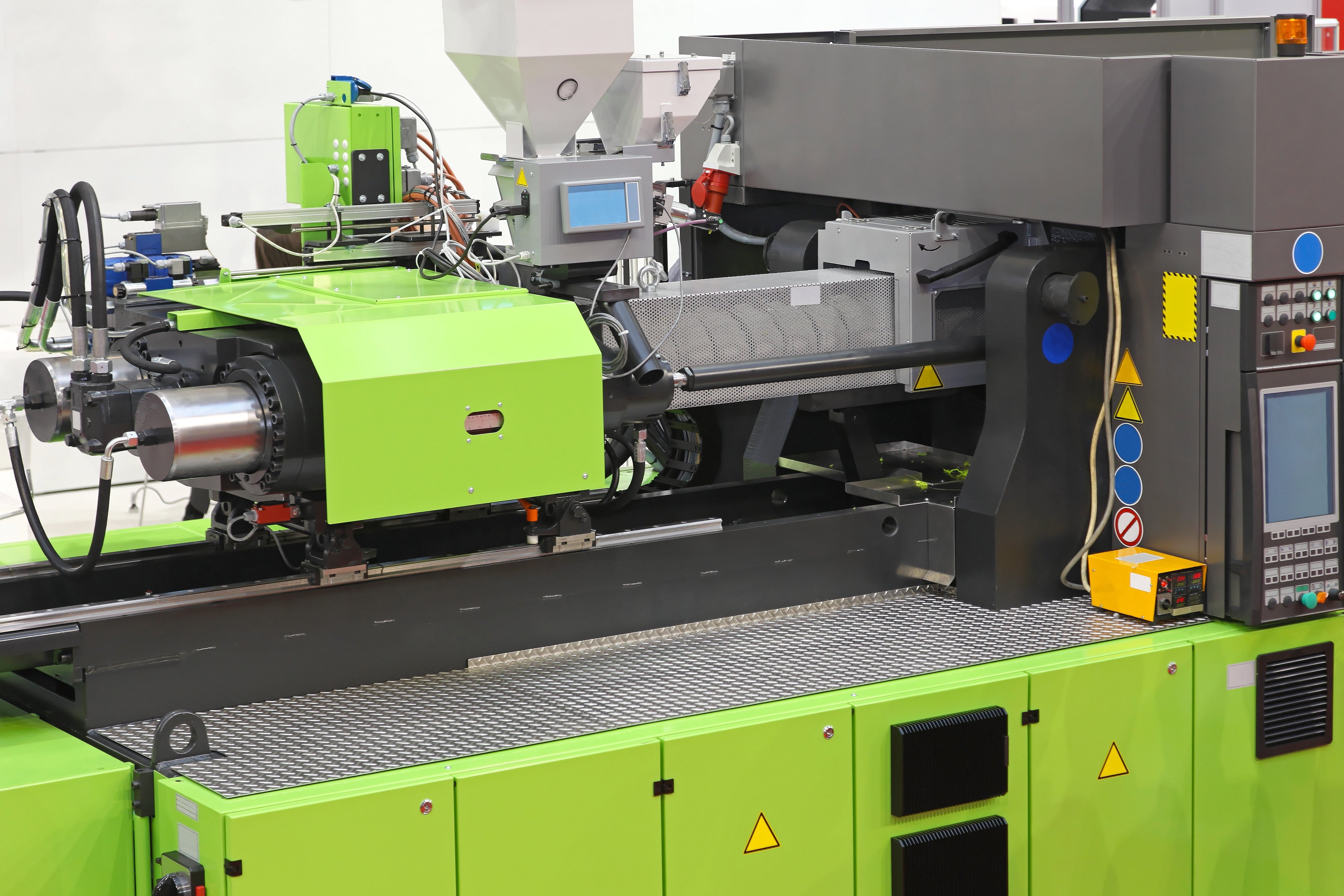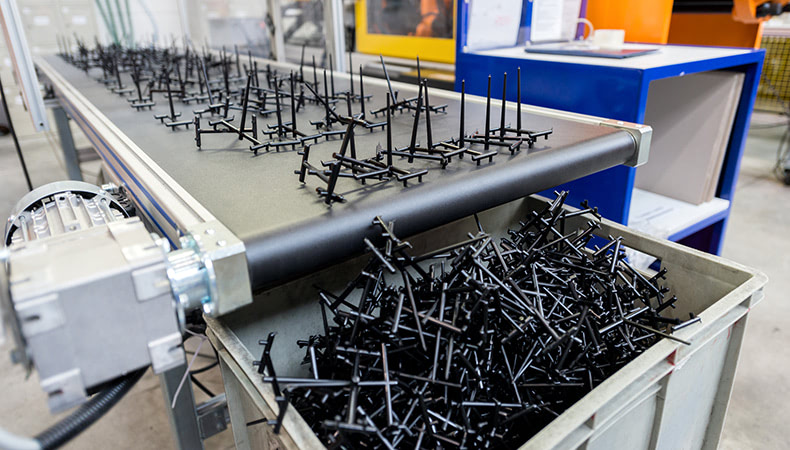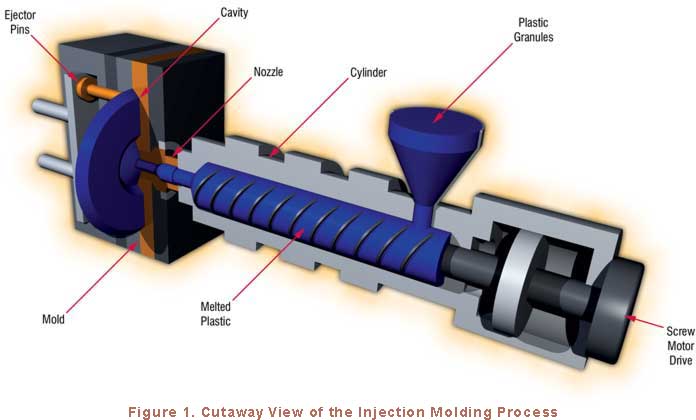Plastic Manufacturing Things To Know Before You Get Thiss
Wiki Article
The Ultimate Guide To Manufacturing
Table of ContentsA Biased View of Plastic ManufacturingThe Ultimate Guide To Die CastingUnknown Facts About Die CastingThe Best Guide To ManufacturingGetting The Lean Manufacturing To Work3 Simple Techniques For Hon Hai Precision
The text on this page is a sample from our full White Paper 'Shot Moulding for Purchasers' - * Example message * - for complete guide click the download switch above! Intro This guide is planned for individuals that are wanting to source plastic mouldings. It gives a much needed insight right into all that is involved with creating plastic parts, from the mould tool called for to the moulding process itself.If you wish to explore better, the guide covers sorts of mould tools, along with unique finishing procedures such as colours & plating. Words that are underscored can be discovered in the glossary in the appendix ... Component I: Moulding: The Fundamentals The Advantages of Injection Moulding Plastic injection moulding is a very exact procedure that supplies several benefits over other plastic handling techniques.
Accuracy is perfect for really detailed components. You can hold this moulding in the palm of your hand and it has employers, ribs, steel inserts, side cores and also holes, made with a moving closed off function in the mould tool.
The Definitive Guide to Oem


More About Manufacturing Industries
from material feed Product melting; material injectionProduct cooling time cooling down ejection as well as the re-closing of the mould tool ready device prepared next cycle. Draft angles - The wall surfaces of a moulded component must be slightly tapered in the instructions in which the component is ejected from the mould tool, to allow the component to be expelled quickly.Ejector stroke - The pressing out of ejector pins to eject the moulded part from the mould tool. Ejector stroke rate, size as well as timing requires to be meticulously regulated to protect against damages to the ejectors and mould device, but at the exact same time make the moulding cycle as short as feasible.

The Additive Manufacturing PDFs
Ribs - When a plastic part has slim wall surfaces, ribs are contributed to the style to make the thin walls more powerful Side cores - Side action which creates an attribute on a moulded component, at an opposing angle to the normal opening direction of the mould tool. oem. The side core needs to be able to retract as the plastic part can not be expelled or else.
Walls - The sides of a moulded component Click Here The message on this web page is an example from our complete White Paper 'Shot Moulding for Purchasers'.
Injection moulding is commonly made use of for making a range of components, from the tiniest components to entire body panels of autos. Injection moulding makes use of a special-purpose device that has 3 parts: the shot unit, the mould and the clamp.
The Manufacturing Diaries
Process attributes [modify] Injection moulding utilizes a ram or screw-type bettor to force molten plastic or rubber material right into a mould cavity; this strengthens into a form that has actually adjusted to the contour of the mould. It is most commonly utilized to process both polycarbonate and thermosetting polymers, with the volume use the former being considerably higher.: discrete manufacturing 13 Thermoplastics prevail due to attributes that make them extremely ideal for shot moulding, such as simplicity of recycling, flexibility for a variety of applications,: 89 as well as capability to soften and flow on heating.In multiple dental caries moulds, each cavity can be the same and click here to find out more develop the same parts or can be special as well as develop several different geometries during a single cycle.
The screw supplies the raw material forward, mixes and also homogenises the thermal and also viscous circulations of the polymer, and minimizes the required home heating time by mechanically shearing the material and adding a considerable quantity of frictional home heating to the polymer. The product feeds onward through a check valve as well as collects at the front of the screw into a quantity referred to as a shot. When sufficient material has collected, the product is required at high pressure and velocity into the component developing cavity. The specific amount of shrinking is a feature of the resin being made use of, and also can be reasonably predictable. To avoid spikes in pressure, the process typically utilizes a transfer setting matching to a 9598% full dental caries where the screw changes from a continuous velocity to a continuous pressure control.
What Does Additive Manufacturing Do?
The packaging stress is used until the gate (tooth cavity entry) strengthens. Due to its tiny size, the gate is normally the first location to strengthen through its entire thickness.: 16 Once the entrance strengthens, no even more product can go into the dental caries; appropriately, the screw reciprocates as well as obtains product for the following cycle while the product within the mould cools down so that it can be expelled and also be dimensionally secure.Report this wiki page